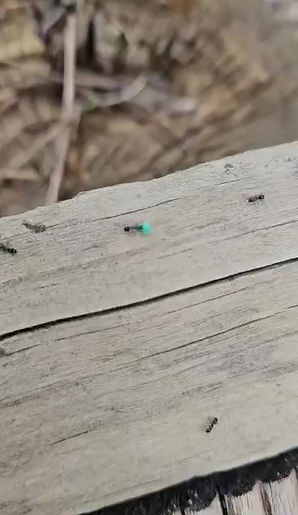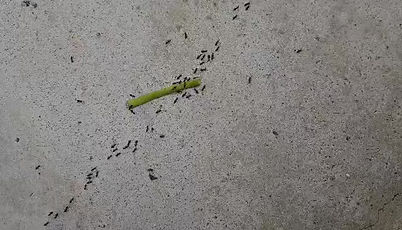ANT CONTROL
ANT TREATMENT
Exterior Spray, Bait & Sand
We apply a protective exterior spray to create a strong barrier to help keep ants out. Our treatment targets key areas around your property, including:
-
lower perimeter of the building
-
door and window frames
-
optional eaves and gutters
To give your property the best protection, we combine this with two key additional treatments:
-
Ant Bait – lures ants so they carry the bait back to the nest, eliminating the colony.
-
Ant Sand – creates a barrier to stop ants from crossing key areas.
In most cases, this stops or significantly reduces ants from entering your property.
For larger infestations, a follow-up treatment may be recommended.
Interior & Optional Add-Ons
For complete protection, we offer targeted interior sprays to:
-
skirting boards
-
door and window frames
-
optional scotia, walls, ceiling, and attic
Book your ant treatment today with Bug Doctor and enjoy an ant-free property!

PRICE GUIDE
Prices exclude GST
*Price guide is based off a 3-bedroom residential home
EXTERIOR SPRAY (HIGHLY RECOMMENED
-
lower perimeter of the building
-
door and window frames
From $180
+ Eaves and Gutters
From $40
+ Ant Sand
From $30
+ Ant Bait
From $30
INTERIOR SPRAY
-
skirting boards
-
door and window frames
From $190*
+ Walls and Ceilings
From $20
+ Scotia
From $20
+ Attic
From $50
COMMERCIAL
+ Insect Detectors
From $10
+ Automatic Insect Spray Dispenser
From $15
TRAVEL COSTS
From $20 minimum charge

Why get rid of ANTS?
Food Contamination: Ants are attracted to food sources and can contaminate them. They can crawl over surfaces, including countertops and food preparation areas, leaving behind trails of bacteria and pathogens. This can lead to foodborne illnesses and pose a health risk to you and your family.
Property Damage: Certain ant species, such as carpenter ants, can cause damage to structures. They excavate wood to build their nests, potentially compromising the structural integrity of wooden elements in your property. Addressing ant infestations can help protect the longevity and stability of your property.
Garden and Landscape Damage: Ants can disrupt the growth of plants and damage garden areas. Some ant species cultivate aphids or scale insects, which feed on plant sap. Ants protect these pests in exchange for their honeydew secretion, causing harm to plants and reducing their overall health.
Allergies and Stings: Some people may be allergic to ant bites or stings, resulting in itching, swelling, and even severe allergic reactions. Fire ants are known for their painful stings and aggressive behaviour when their nests are disturbed. Eliminating ants can help reduce the risk of painful bites and stings.
Household Disruption: Large ant colonies can be a nuisance, with ants frequently appearing in various areas of your home. They can invade pantries, cabinets, and other storage spaces in search of food. Dealing with ant trails and the constant presence of ants can disrupt your daily activities and cause frustration.
Pest Control Maintenance: Ant infestations can attract other pests, such as cockroaches or spiders, as they are a food source for these creatures. By addressing ant issues promptly, you can prevent secondary pest problems and reduce the need for additional pest control measures.


